-
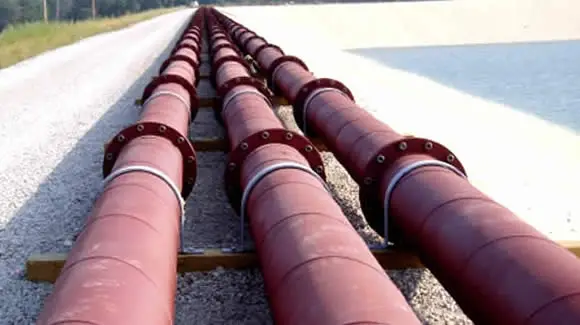
The wear-resistant pipeline system is widely used in coal-fired power plants for various purposes, including transporting coal slurry to a nearby sedimentation tank, transferring limestone slurry to a absorber spray tower to remove sulphur dioxide (SO2) and hydrogen from flue gas (HCl) and calcium sulphate byproducts for the flue gas desulfurization process.
After analysis and research, it is considered that the main factors affecting the failure of drill stem wear ring are the abrasiveness of the stratum, the choice of high abrasive and the technology of volatilization.
-
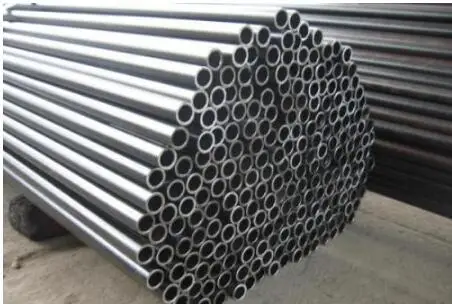
Standards: ASTM A192 (ASME SA192)
Applications: Heat exchangers, condensers, heat transfer equipment, similar pipes and as superheater tubes for high pressure settings.
Sizes: O.D.: 28-168; W.T.: 2-30; L: max 12000
-
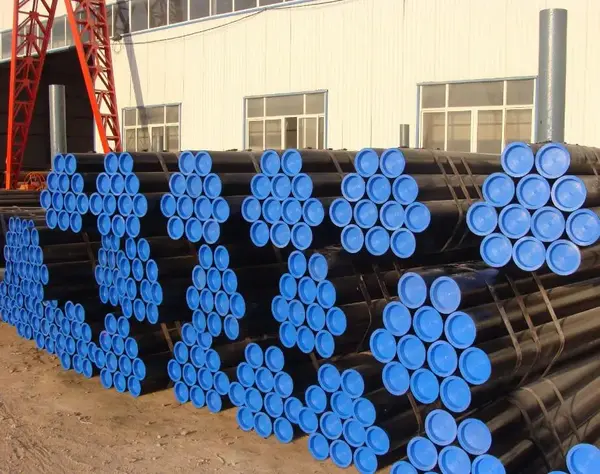
API 5L Standard aims to gas and water in oil and gas industry for reference, which is used for seamless steel pipe and welded steel pipe,including common port and port, pipe socket port and direct stream tube (TFL) and port has for a particular connection tube processing.
API 5L Standard is including steel grade(GR.B,X42 ,X46,52,X56,X60,X65,X70).
-
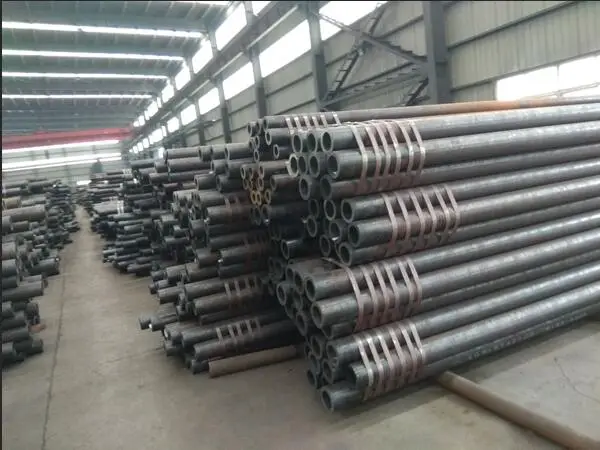
Equivalent material:
SCM440 under JIS Standard.
42CrMo4 under DIN standard
708M40/708A42/709M40 under BS standard
42CrMo under GB Standard
4140 seamless tube chemical composition and mechanical properties
-
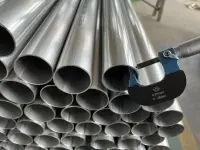
Thin-walled seamless steel pipes stand out for their unique production process and structural performance. They combine the strength and weld-free characteristics of seamless steel with the lightweight, material-saving benefits of thin walls. Based on these features,United Steel Industry Co., Ltd. summarizes six major advantages and their typical applications.
-
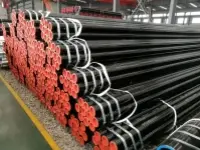
Seamless steel pipe is a type of steel pipe manufactured without any welding seam. It is produced by piercing a solid billet into a hollow tube, then elongating and shaping it through various processes like hot rolling or cold drawing. The absence of a weld makes seamless pipes stronger, more reliable, and better suited for high-pressure and high-temperature applications.
-
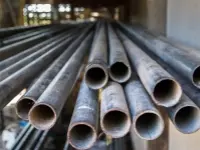
Seamless pipes are widely used across many industries due to their high strength, pressure resistance, and smooth internal surface. Unlike welded pipes, seamless pipes are manufactured without a seam or weld, making them ideal for applications requiring durability and performance under pressure or in harsh environments.
-
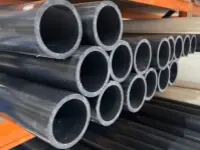
The thickness of Schedule 80 pipe depends on its nominal pipe size (NPS). Schedule 80 pipes are designed with thicker walls than Schedule 40 pipes, providing higher strength and pressure resistance. Here's a general guide to the wall thicknesses of Schedule 80 pipes for various nominal pipe sizes.
-
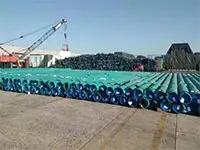
Full range of line pipes of superior quality, including those of high strength, high toughness, homogeneous material and corrosion resistance, for various services such as onshore, offshore, shallow water and deep water, non-sour and sour services.
-
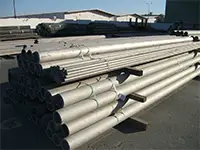
ASTM A335 specification covers seamless ferritic alloy-steel pipe for high-temperature service. The pipe shall be suitable for bending, flanging, and similar forming operations, and for fusion welding. Grade P2 and P12 steel pipes shall be made by coarse-grain melting practice. The steel material shall conform to chemical composition, tensile property, and hardness requirements. Each length of pipe shall be subjected to the hydrostatic test. Also, each pipe shall be examined by a non-destructive examination method in accordance to the required practices. The range of pipe sizes that may be examined by each method shall be subjected to the limitations in the scope of the respective practices. The different mechanical test requirements for pipes, namely, transverse or longitudinal tension test, flattening test, and hardness or bend test are presented.
-
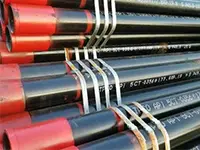
-
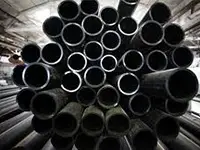
Seamless steel pipe is a high-strength, high-pressure steel pipe that is often used in pipeline systems for transporting gases, liquids, solids and other media. Seamless steel pipes are produced through cold/hot rolling and drawing processes. They have smooth surfaces, smooth inner and outer walls, high dimensional accuracy, and good corrosion resistance and mechanical properties. Therefore, seamless steel pipes are indispensable in some situations where high pressure and high flow are required.
-
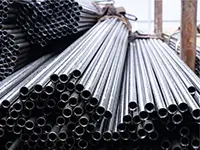
ASTM A179 Cold Drawn Seamless Carbon Steel Tube are manufactured in cold-drawn seamless, material in low carbon steel, sizes up to 3”, for heat exchanger and condenser.
-
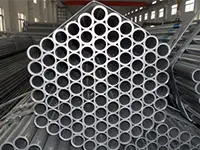
In recent years, with the rapid development of the automobile industry, precision seamless steel pipes, as a high-quality steel pipe material, have also been widely used in this industry. This article will elaborate on the application and development of precision seamless steel pipes in the automotive industry.
-
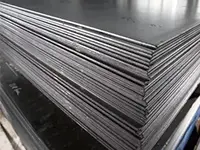
Steel beams and profiled steel plates are both steel products, the difference lies in their different production processes and uses. Steel beam is a kind of steel with I-shaped cross-section, which is widely used in the fields of construction and bridge. Pressure plate is a kind of steel plate after pressing and molding, used in steel structure, industrial equipment and warehouses and other fields.
-
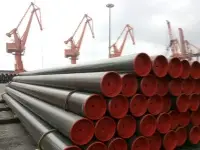
This article will provide a detailed introduction and analysis of X52QO seamless steel pipe from the aspects of production process, performance characteristics, application fields and market prospects of seamless steel pipe.
-
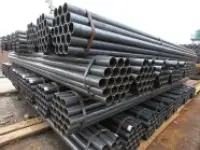
ASTM A53 is a carbon steel alloy that can be used as structural steel or for low pressure piping. ASTM A53 (ASME SA53) carbon steel pipe is a specification covering seamless, welded black and hot-dip galvanized steel pipe from NPS 1/8 "to NPS 26. A53 is suitable for pressure and mechanical applications, as well as for general use in steam, water, gas and air lines.
-
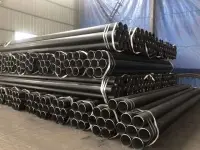
ASTM A106/ASME SA106 is the standard specification for seamless carbon steel pipe used for high-temperature services. It includes three grades: A, B, and C, with Grade B being commonly used. This type of pipe finds applications in various industries, including pipeline systems for oil and gas, water, and mineral slurry transmission. It is also used in boiler systems and for construction and structural purposes.
-
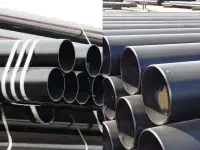
Black iron pipe is processed with iron as the main raw material, and the surface has a black oxidized layer, hence the name. The main component of black iron pipe is iron, with lower carbon content, lower hardness and easy to rust. The main components of carbon steel pipe are carbon and iron, of which the carbon content is between 0.08% and 0.25%, high hardness, more solid and wear-resistant than black iron pipe.
-
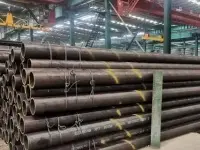
X46Q seamless steel pipe is a high-strength, high-toughness steel pipe material that is widely used in petroleum, natural gas, chemical industry, electric power and other industrial fields. Its emergence has provided strong support for the development of modern industry and has become an indispensable and important material in the industrial field.
-
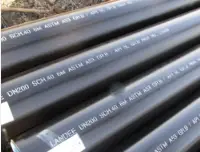
ASTM A53 ASTM A53 (also known as ASME SA53 pipe) is a carbon steel alloy that can be used as structural steel or low-pressure piping, and is also suitable for general purposes in steam, water, gas and air piping.




















